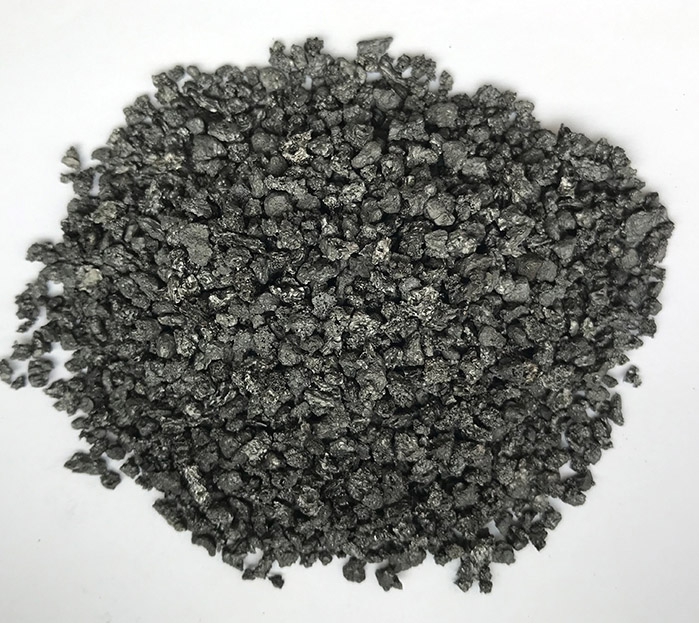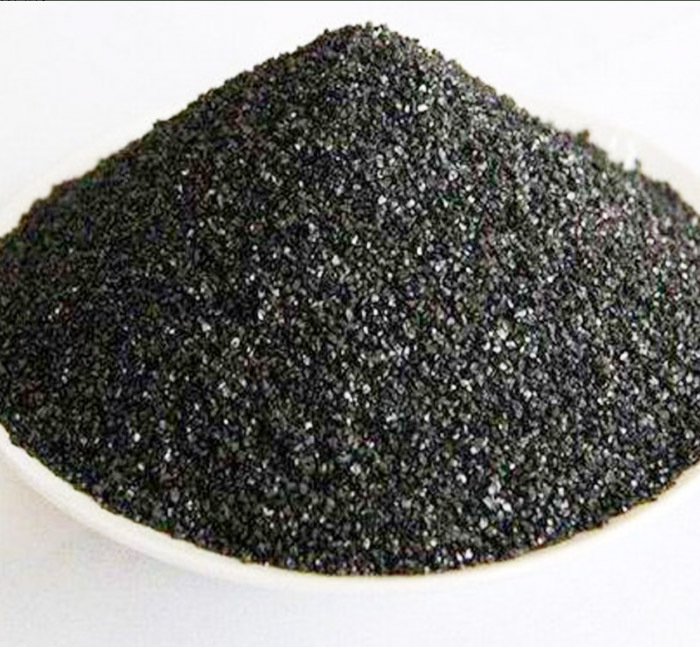1、 Production process
Graphitization of petroleum coke is a process in which petroleum coke undergoes high-temperature treatment at around 3000 degrees Celsius, resulting in a change in its internal structure. The molecules of petroleum coke change from irregularly arranged carbon crystals to regularly arranged carbon crystals, and this process is called graphitization.
• Calcination of petroleum coke: Calcination of petroleum coke is the product of high-temperature calcination (usually around 1300 ℃) of petroleum coke, which can remove most of the water and volatile components in petroleum coke through calcination.
2、 Composition and Properties
Graphitized petroleum coke has low sulfur content and high carbon content, up to 99%, with the advantages of low sulfur, low nitrogen, and high carbon.
Calcined petroleum coke: The fixed carbon content is generally above 98.5%.
3、 Appearance
Calcined petroleum coke: black block shaped particles with irregular shapes and sizes, strong metallic luster, and transparent carbon particle pores.
Graphitized petroleum coke: In addition to the appearance of calcined petroleum coke, it has a darker and brighter color with stronger metallic luster, and can be smoothly traced on paper.
4、 Purpose:
Although both graphitized petroleum coke and calcined petroleum coke are mainly used in steel smelting and casting manufacturing industries, graphitized petroleum coke is more suitable for gray cast iron casting and nodular cast iron with strict sulfur requirements due to its unique properties.
In summary, there are significant differences between graphitic petroleum coke and calcined petroleum coke in terms of production process, composition properties, appearance, and applications.



